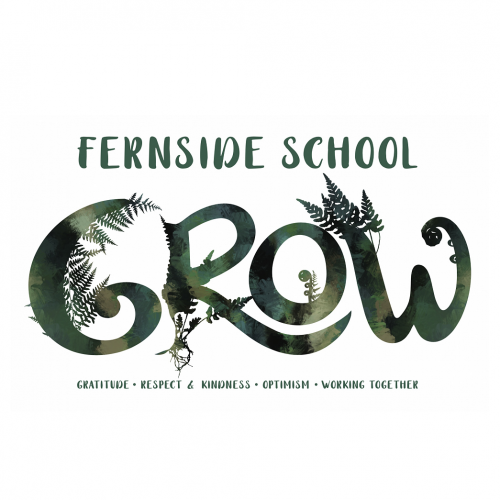
Solo Taxonomy
Solo Taxonomy is a learning to learn tool devised by John Biggs and Kevin Collis and developed for schools and educators by Pam Hook. In 2013 Fernside School invited Pam Hook to present to our teaching staff and to explain how solo taxonomy fits into the school curriculum. We continued throughout 2013 with PD around solo taxonomy, looking at rubrics, maps and trialing the use of solo taxonomy in our classrooms. We have continued using solo taxonomy since.
Solo Taxonomy – Fernside School
Background:
Solo Taxonomy is all about teaching children to improve their thinking. Rubrics are used to assist children in identifying their learning stage and therefore their next steps in their learning. The taxonomy is very simple; and simple for children to remember. Once students understand the taxonomy they do not always need a rubric to identify where their learning sits and what their next steps are.
The Taxonomy:
There are two types of rubrics in solo taxonomy: The Declarative Knowledge & Functioning Knowledge rubrics. The Declarative Knowledge rubric helps students explain what they have learnt about a topic. The Functioning Knowledge rubric helps students explain their skill level related to a task.
Pre structural – a student knows nothing about a topic/ can do the skill if someone helps them.
Uni structural – a student knows one relevant idea/ can do the skill if directed.
Multi structural – a student knows a lot of relevant ideas but can’t make links between the ideas/ aware of the skills they need but sometimes make mistakes.
Relational – a student is making links between ideas and is able to explain their relevance/ is strategic – knows why and when to use the skill and can identify mistakes made.
Extended abstract – students are evaluating information, drawing conclusions, make predictions, or using the information to make a difference in their community/ looks for new ways to use his/ her skills; is a role model and can teach others the skill.
How Solo Taxonomy is used at Fernside School:
Solo taxonomy is expected to be incorporated into at least one unit of work per term. Solo taxonomy should be used to challenge a student's thinking about their own learning. When students assess their learning they need to:
1) Identify where their learning sits on the taxonomy.
2) Give evidence from their learning to support their placement on the rubric.
3) Provide next steps for their learning.
